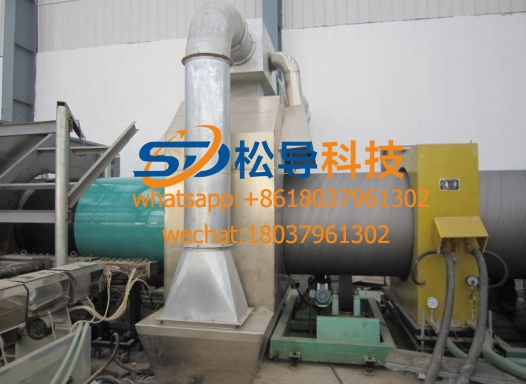- 21
- Nov
Coating process flow of double-layer epoxy powder anticorrosive production line
Coating process flow of double-layer epoxy powder anticorrosive production line
The coating process of the double-layer fusion bonded epoxy powder external anti-corrosion production line is as follows:
Brief description of the main processes:
(1) Pre-processing
The elbows should be visually inspected one by one, and the appearance and size deviations should be eliminated if the steel pipe standards are not met; acetone and other organic solvents should be used to clean the surface of the oily elbows; the elbows sent by sea are tested for chlorides If the content exceeds 20mg/m2, flush with high-pressure fresh water.
(2) Shot blasting and derusting
The elbow walks on the ring-shaped transmission line and enters the cleaning room for surface shot blasting and rust removal.
(3) Inspection and treatment after rust removal
The first step is to perform visual inspection to repair or remove defective steel pipes. In addition, the anchor line measuring instrument shall be used to detect the anchor line depth in accordance with the prescribed inspection frequency. Finally, the rust removal level shall be inspected according to the photo or the grade comparison sample.
(4) Warm-up
Use an intermediate frequency coil to heat the surface of the elbow until it reaches the temperature required by the paint. In order to accurately control the surface temperature of the elbow, a thermometer must be used to continuously measure it.
(5) Spraying
During the spraying process, the elbow walks on the ring-shaped transmission line and enters the spraying room to be sprayed. The inner and outer layers are sprayed in sequence, and the outer spraying must be performed before the inner layer is gelatinized.
(6) Water cooling
It must be ensured that the coating is fully cured before water cooling.
(7) Online inspection
When the surface temperature of the elbow is lower than 100°C, a spark leak detector is used to detect leaks on all coatings, and the leaks must be marked and repaired in accordance with relevant standards after they are offline.

